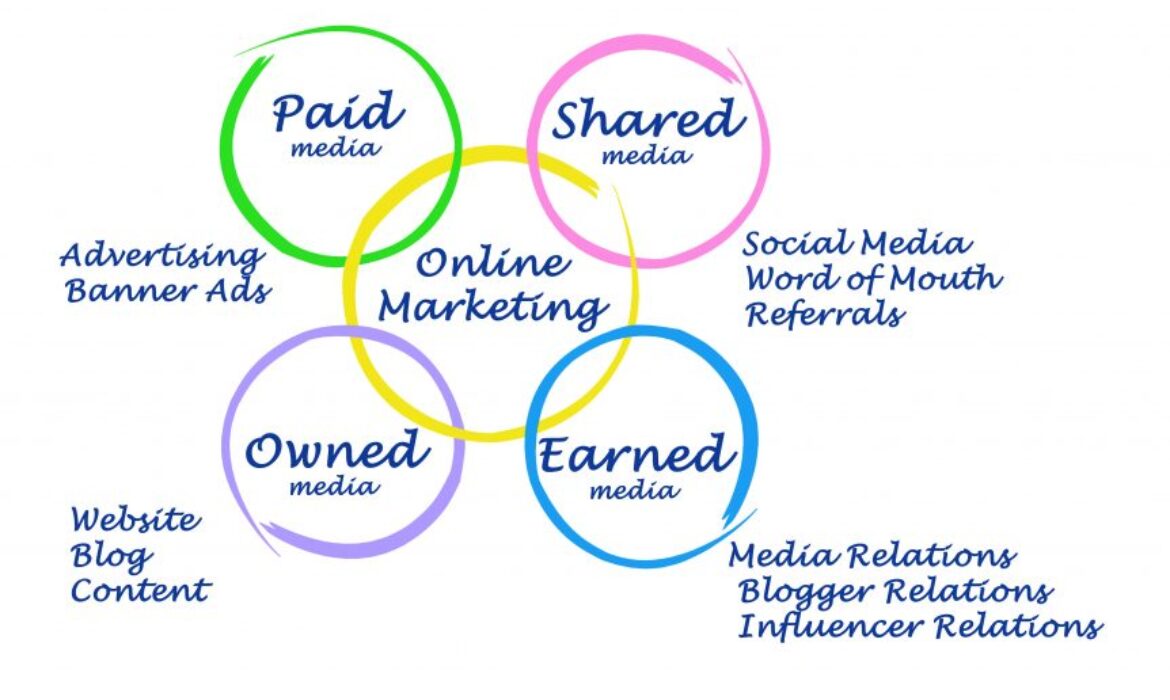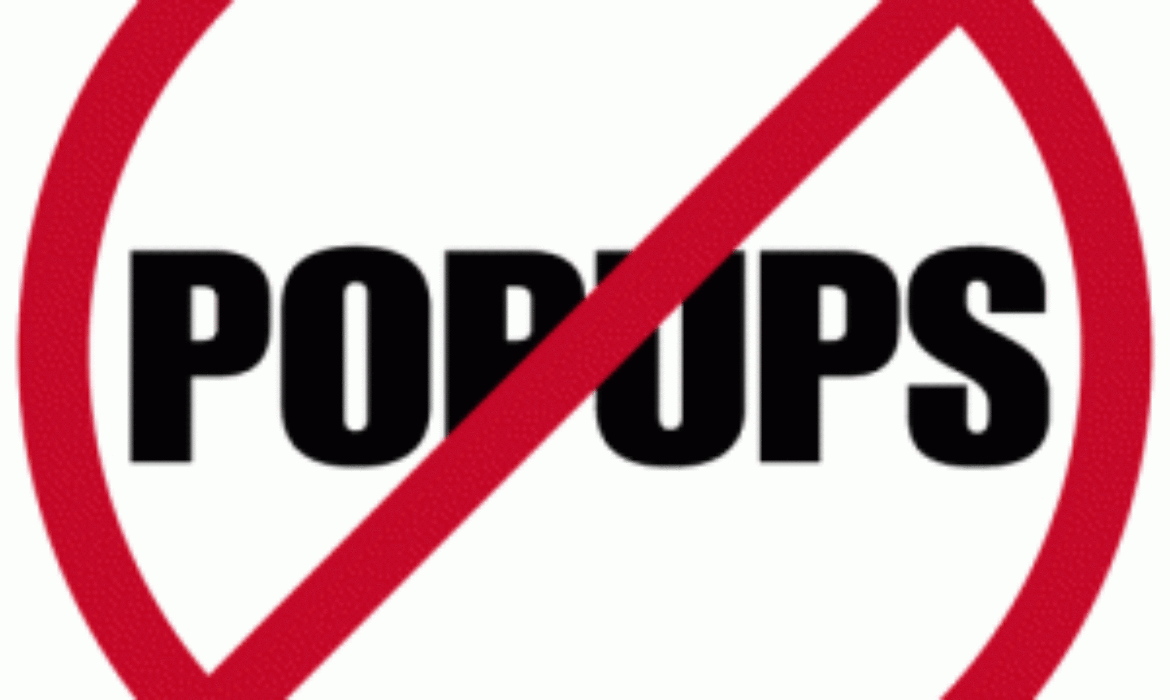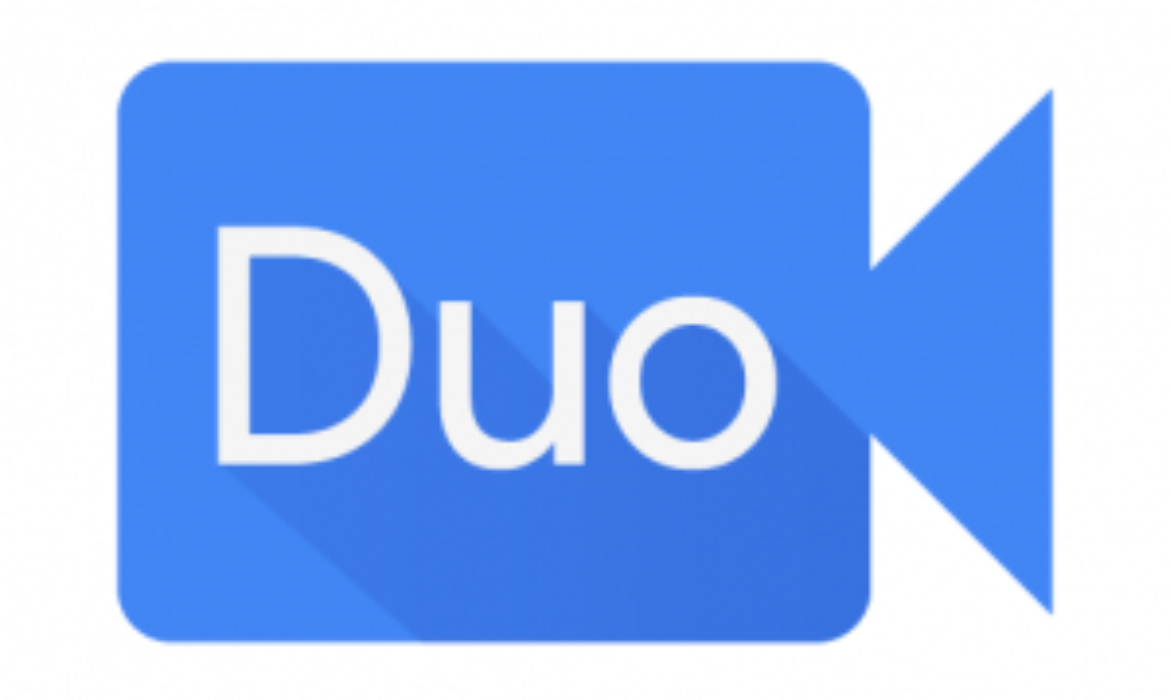P.O.E.M. Paid, Owned, Earned, Media
When I talk about POEM, I’m not trying to start a conversation about iambic pentameter, I’m actually addressing three of the main channels you should utilize for a strong content marketing plan. Paid, Owned, Earned Media. Let’s take a closer look.
Paid media is really just advertising. That said, there are so many paid avenues in this giant digital world than most of us usually utilize. We all know the traditional routes you can take: newspapers, magazines, online publications. But today paid advertising also covers Facebook and Twitter. It is now possible, even popular, to pay a small fee for sponsored posts or tweets on everyone’s favorite social media sites.
Owned. This covers your website, a members’ magazine, email lists, even photographs or Facebook pages. You certainly aren’t paying yourself to use owned media, keep in mind that it isn’t free. You are still paying money to maintain or create all of these outlets.
Earned. An interesting term, it applies to the publicity or coverage anything or anyone affiliated with your business receives from media. Media now applies to anything from traditional news to digital publications, to facebook, you name it. Historically this was referred to as free rather than earned but it isn’t really free. Odds are you paid to create the event being covered!
Now that we’ve defined the terms, why is this idea so magical? Traditionally when these three ideas are combined properly, content has a better chance of reaching the most people in the proper target audience. This is not just a small business idea. Large corporations are now utilizing POEM in their advertising strategy by adjusting their budget allocations toward earned and owned mediums. U.S. automakers are a great example. When the 2015-16 models came out, their own websites were covered in photos, details, pricing, options, the whole nine yards. Media outlets like Consumer Reports did major articles on all the new models, breaking down each in detail. And finally, the “new” media jumped in. Blogs, television shows all chimed in with their narrative and opinions on these vehicles.
Most of us are working on a much smaller level than the gigantic car companies, but we can boost Facebook posts or step up our personal website game utilizing someone like us at Marlin. The key is strategy. Boost content that has historically done well. Be wary of taking a wild shot in the dark on some new idea. Make your money count. Let Marlin help you do that. Give us a call, we’re waiting for you!
Google’s Fighting Those Pesky Pop-Up Ads
How many times have we clicked on a link and wound up in Timbuktu because we accidentally clicked on a surprise pop-up ad as we were scrolling through the page? It’s the WORST. Well I have good news, Google is taking steps to punish pages that allow/encourage pop-up ads. (Cue applause, cheering, and general celebration).
Unfortunately this doesn’t mean that Google will blow up any page that continues with pop-up ads but websites that use pop-ups and interstitials will be classified as worse search results and will likely rank lower because of it. As small business owners we know how important it is to achieve strong rankings with Google so this will be a positive step in the right direction. The way this will work is not going to shut down every site that uses but if two sites are “competing” for top billing the site without pop-up ads will get the number one rating.
The goal is to keep results most informative but also results that work better for users. This isn’t the first time Google has taken steps to make our lives easier. In 2015 they started increasing the rank of mobile friendly sites and in 2014 encrypted sites saw a boost in rank. Obviously not all sites are mobile friendly or encrypted so Google doesn’t necessarily say “jump” and have websites reply “how high?” but search engine ranks matter. And Google has a loud voice in the SEO/PPC world.
Starting January 10, sites “where content is not easily accessible” will start seeing their ranks drop and we can all surf new sites just a little easier! Happy searching!
Google Duo: The new video calling app you’re about to fall in love with!
Google is at it again. This time they are working to challenge Apple’s video calling domination through FaceTime with Google Duo. Why does this matter? Because, unlike FaceTime, it can be used on Android or iOS allowing 1 to 1 calling between more phones and operating systems. (Personally this is a big deal for me as the black sheep of my family. Seriously, between my parents, sister, husband, and in-laws I am the ONLY one sticking with Android).
Google has made a significant effort to make this as painless as possible, and wisely so. FaceTime is already on all iOS products so requiring download or account set up is going to lose I Phone / I Pad / Mac users pretty quickly. With that in mind, after you download the app all you need is your phone number to get started and you’re good to go!
We’ve all had those moments when our video calls break up and get choppy or freeze and wound up completely frustrated. Google has worked hard to learn from other video call apps and improve their product to avoid some of those frustrations. Your video calls will connect easily even on slower networks, in fact Duo will reduce video resolution to keep your call going smoothly. Even better, when you switch between Wi-Fi and regular data your call won’t drop. Glory be!
One fun addition from Google is the “Knock Knock” feature. Knock Knock lets you see your caller as they’re ringing you so you can see what they’re up to. This is really a nice way of saying you can now screen a video call :). Most importantly, Duo was built with a serious focus on privacy and security. To protect us while using Duo, all calls are end-to-end encrypted giving you an extra sense of comfort while broadcasting video of you and your family via 4g or Wi-Fi connections.
Check out your app store today and try out Duo with your friends and family! I’ve already downloaded it for myself, now I just need to get all my iOS family to jump on the Google bandwagon. Have fun and remember your Knock Knock feature!
Consumers Are Changing the Landscape of Search-Based Advertising
Search. We all use it. Whether you’re on Google’s homepage or in your Facebook toolbar, searching for exactly what you want is something we do without even thinking about it. Believe it or not, search is changing and improving drastically every day because of the consumer’s application of the search feature. But what does that even mean? Well, when I searched SEO on google, I got a pretty great definition: search is the bridge between intent and the experiences the world wide web has to offer. (See what I did there? Search, the unsung hero of internet advertising).
Let’s get to the nitty gritty here, why does this matter? Everything I’ve talked about in 2016 plays into this idea. Digital assistants are the new hotness; Siri, Cortana, Echo allow consumers to essentially have a conversation with the internet. Consumers don’t want to type a word or two into a search engine and hope for the best anymore. They want to express their specific question/desire and get specific, direct results. An example: when you type into your search engine “6 month old toys” your search engine intuits that you want to know about toys for a 6 month old child, not toys that are 6 months old.
BUT WHAT DOES THIS MEAN?! One possibility is movement away from keyword search focus and toward a more interactive search that is more specific and more targeted to YOUR needs, desires, goals, etc. As a business owner this is significant as you work to build that theoretical bridge between potential customers and your site. Marlin CS is working to stay ahead of the game in this exact way, maximizing our clients’ exposure to search engine users. This game is changing every day and we’re here to keep you at the forefront!
Bing Tests Linking Search Engine Ads to Social Media
We are always discussing social media integration in advertising your small business. Bing has taken it to a new level. If you look at the graphic above, note the “Find more” that’s circled. When your ad comes up on Bing, a potential customer will be able to see your Facebook page, Twitter handle, Instagram, or whatever social media you prefer to use for your business.
Why does this matter? Bing is looking to bridge the gap between traditional web advertising and business’ use of social media to appeal to potential customers. If you are active on social media, this could significantly impact your access to new clientele. Consider the benefit of direct traffic to your Facebook page where you regularly update photos, interact with customers, and build relationships. It is an opportunity to streamline your advertising and social media in the hopes of increasing your visibility on both mediums.
This is truly in the test phase, and Bing users are encouraged to contact Bing if they are interested in joining the social media link test. They’re also soliciting feedback so if this is something you’d like to see become permanent, let them know!





